|
|
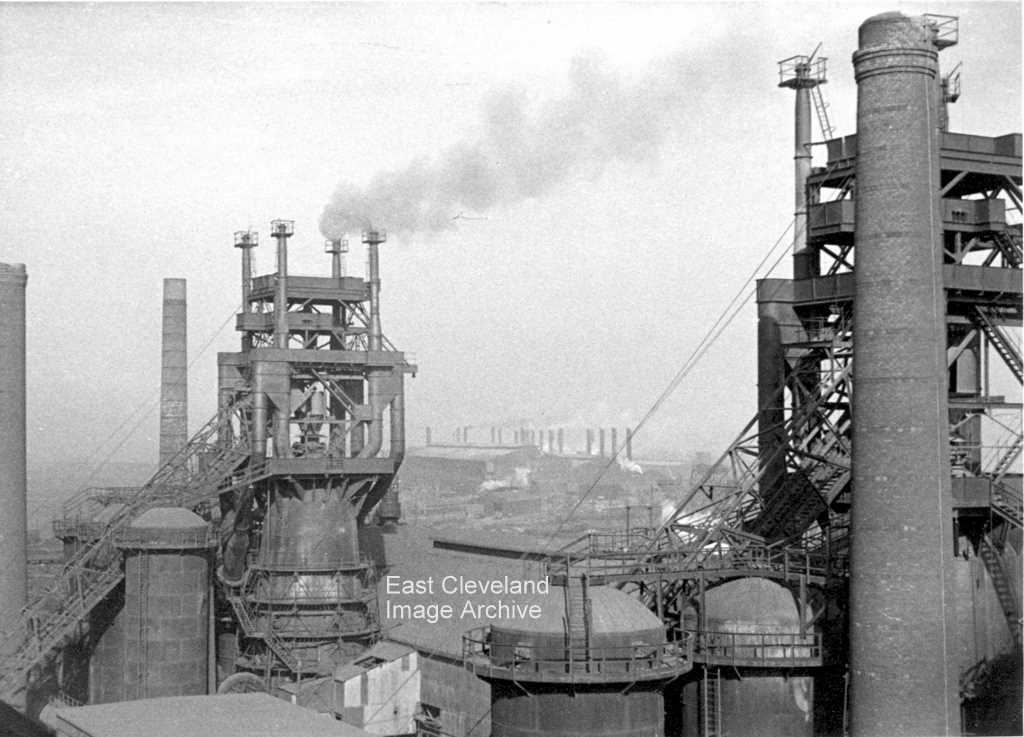
The Archive had a series of photographs which were definitely not of Skinningrove Iron and Steel Works; we needed help in identifying them. We are now told: ”This image was taken looking through numbers 3 and 5 Bessemer Plant Blast Furnaces with the Cleveland South Plant (Redcar) Melting Shop chimneys in the background. There was a North and South plant but when the North plant was demolished they installed two electric arc furnaces.”
Image courtesy of the Pem Holliday Collection; with thanks Robert Doe, Eric Johnson, Simon Chapman and particularly Iain Hunt for correcting our details.
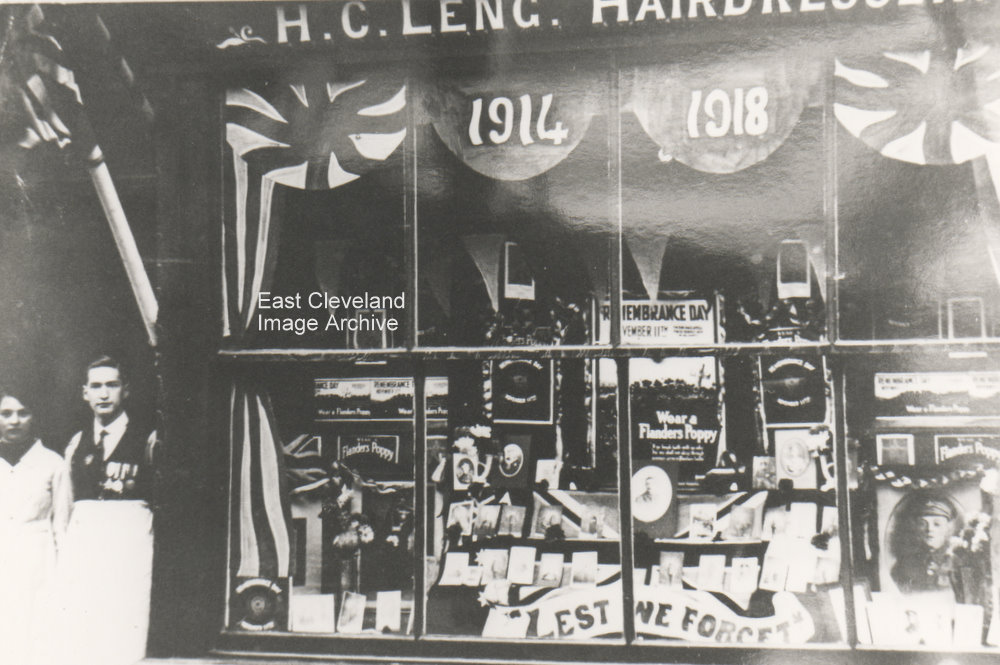
Now this is how we should remember! The shop window of Leng’s the Hairdresser bedecked with reminders of The Great War. At a guess the young man has reason for remembering – he is wearing a group of medals on his left breast, denoting that he joined up before 1916. It looks like he is also wearing a badge/medal on his right breast – where the ”unnofficial” medals go – could this be a SWB (Silver War Badge)? ”At the going down of the sun and in the morning – we will remember them!” (Last line of ”The Exhortation”)
Nivard Ovington has told us: “The correct term is the Silver War Badge. In the SWB register is a Harold C LENG 200812 a private in the 4th Yorkshire Regiment, SWB badge number 264748. Enlisted 23rd November 1914, discharged 9th November 1917 under Army order 265 (II) (i) (b) aged 22 (served overseas).
Many thanks to Nivard for that correction and update.
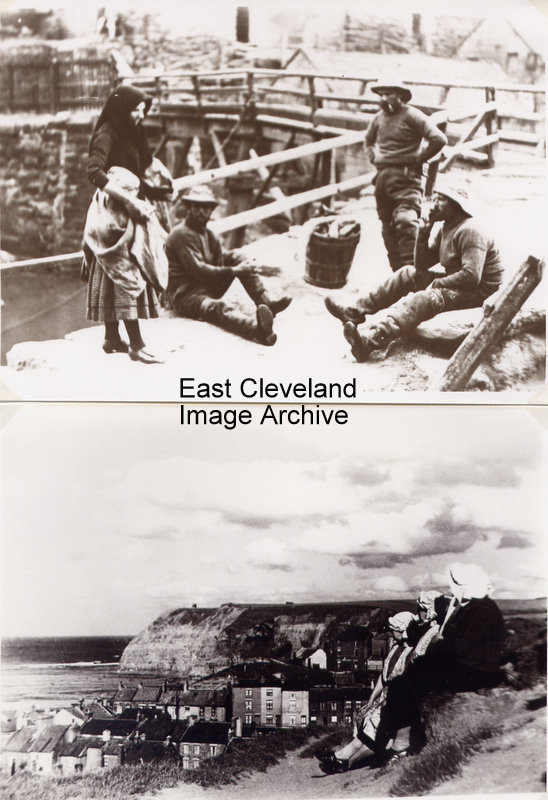
This double image is presented just as received by the Archive; the top photograph was taken at Staithes. David Richardson identified this with: “The top photograph was taken at Staithes, taken on the Cowbar side with the main village in the background.” The lower image is of the Staithes ladies in their bonnets, looking to the east and the Old Nab headland.
Image courtesy of the Pem Holliday Collection and thanks to David Richardson for the update.
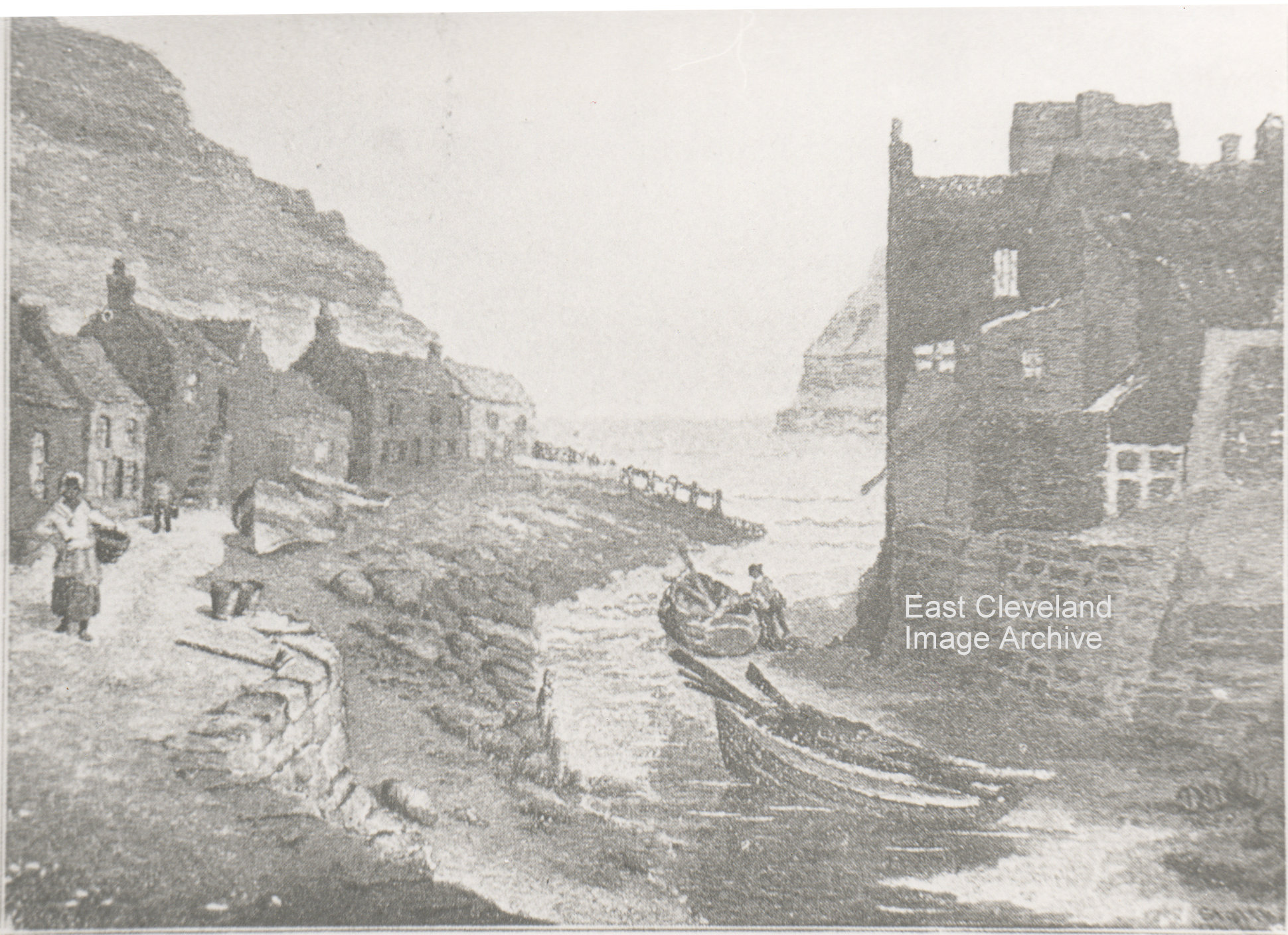
A much photographed area of Staithes or ’Steers’ as the locals call it, Cowbar on the left of the picture, Staithes on the right and the fisherman tending his boat in the middle. This image is from an earlier period than any of the Archive’s other views of Cowbar and Staithes; with no footbridge linking the two communities.
Image courtesy of the Pem Holliday Collection.
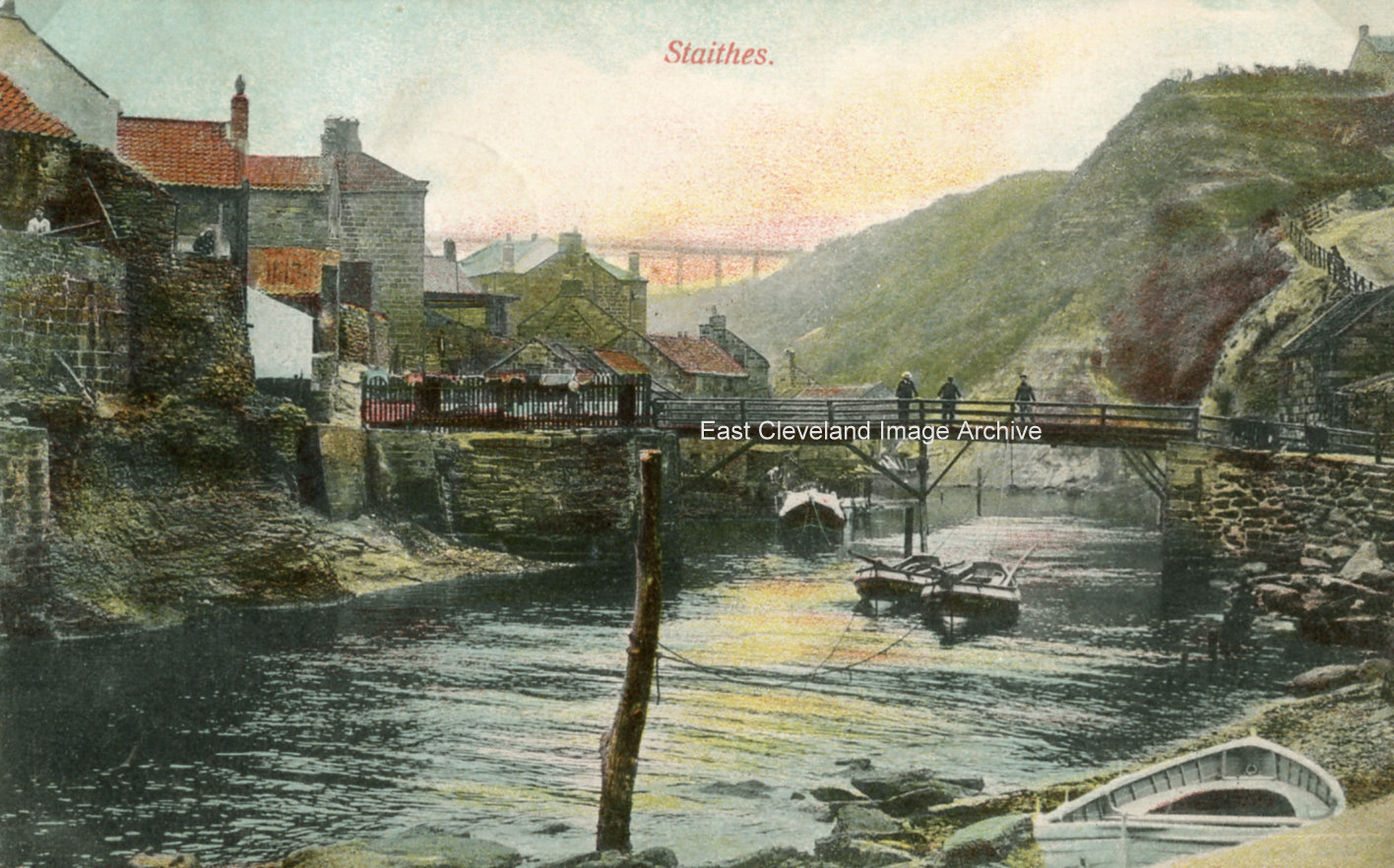
A colour-tinted postcard view of Staithes Beck, looking upstream to the footbridge and viaduct; the card is potmarked July 14th, 1905.
Image courtesy of Beryl Morris.
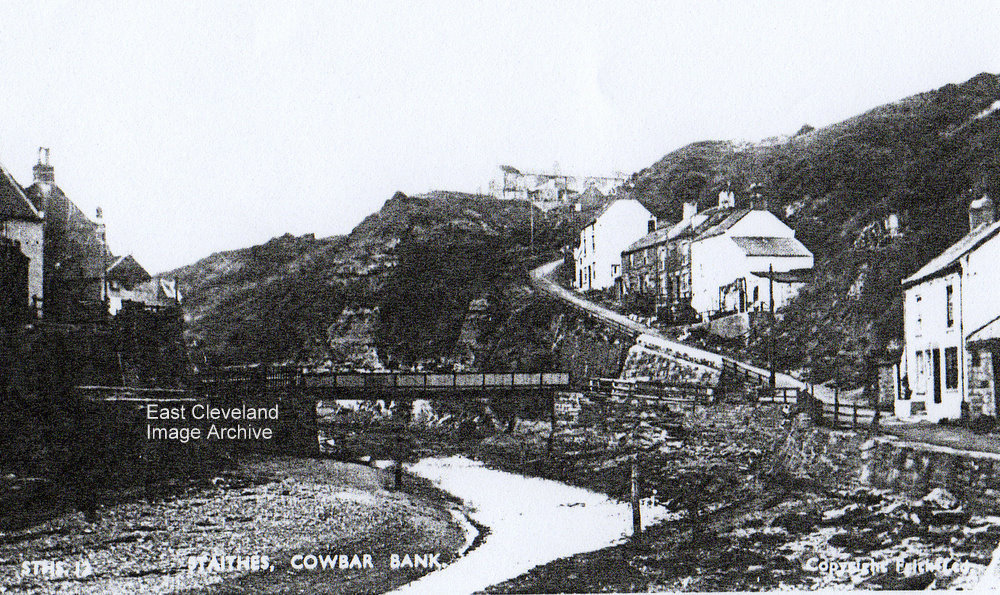
A Frith’s postcard view showing the steepness of Cowbar bank, those cottages are still standing and just a little of Staithes showing on the left.
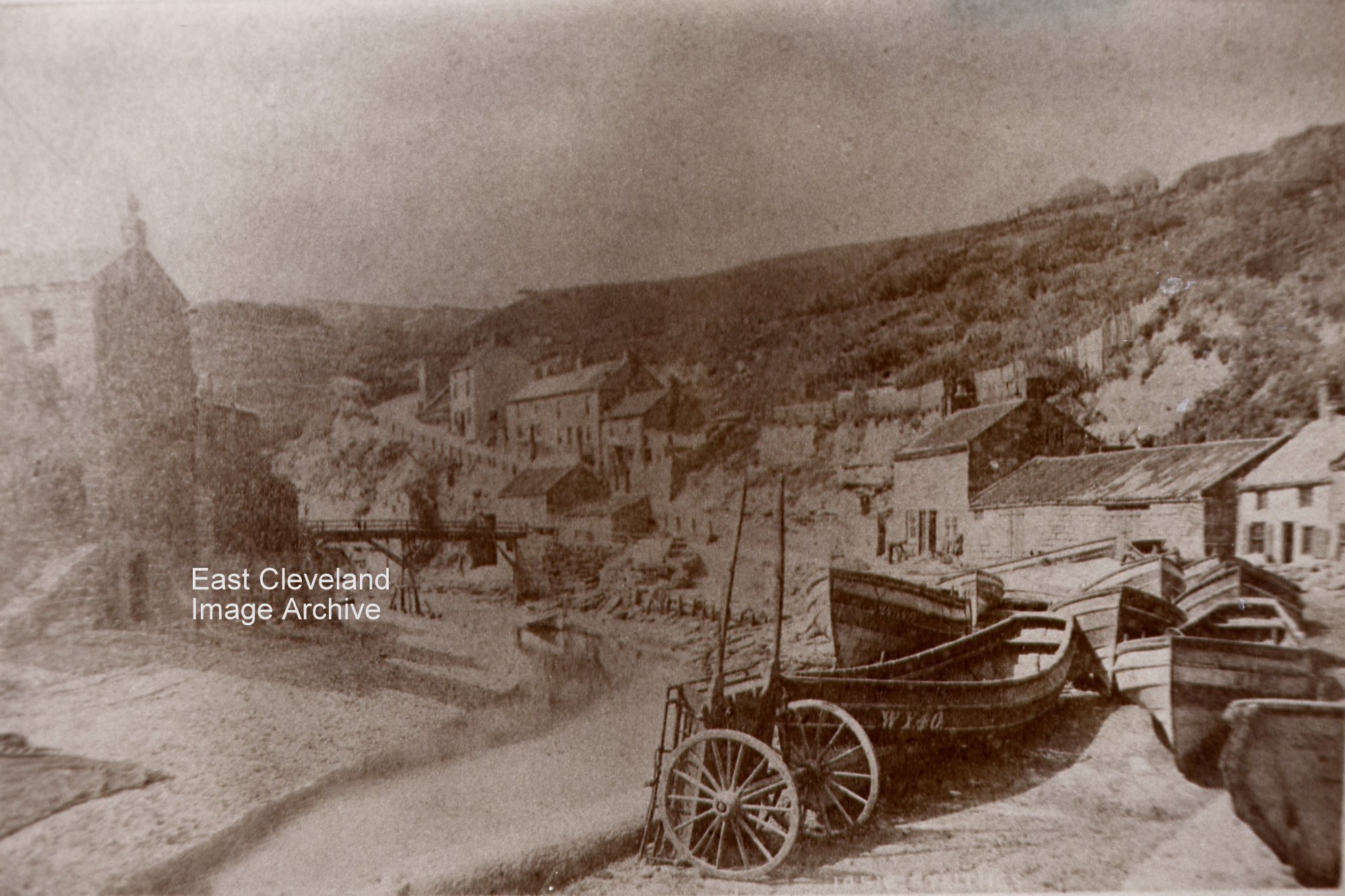
Lovely old image of Cowbar; believed to be from the early 1900s but can anyone assist in a date?
Image courtesy of the Pem Holliday Collection.
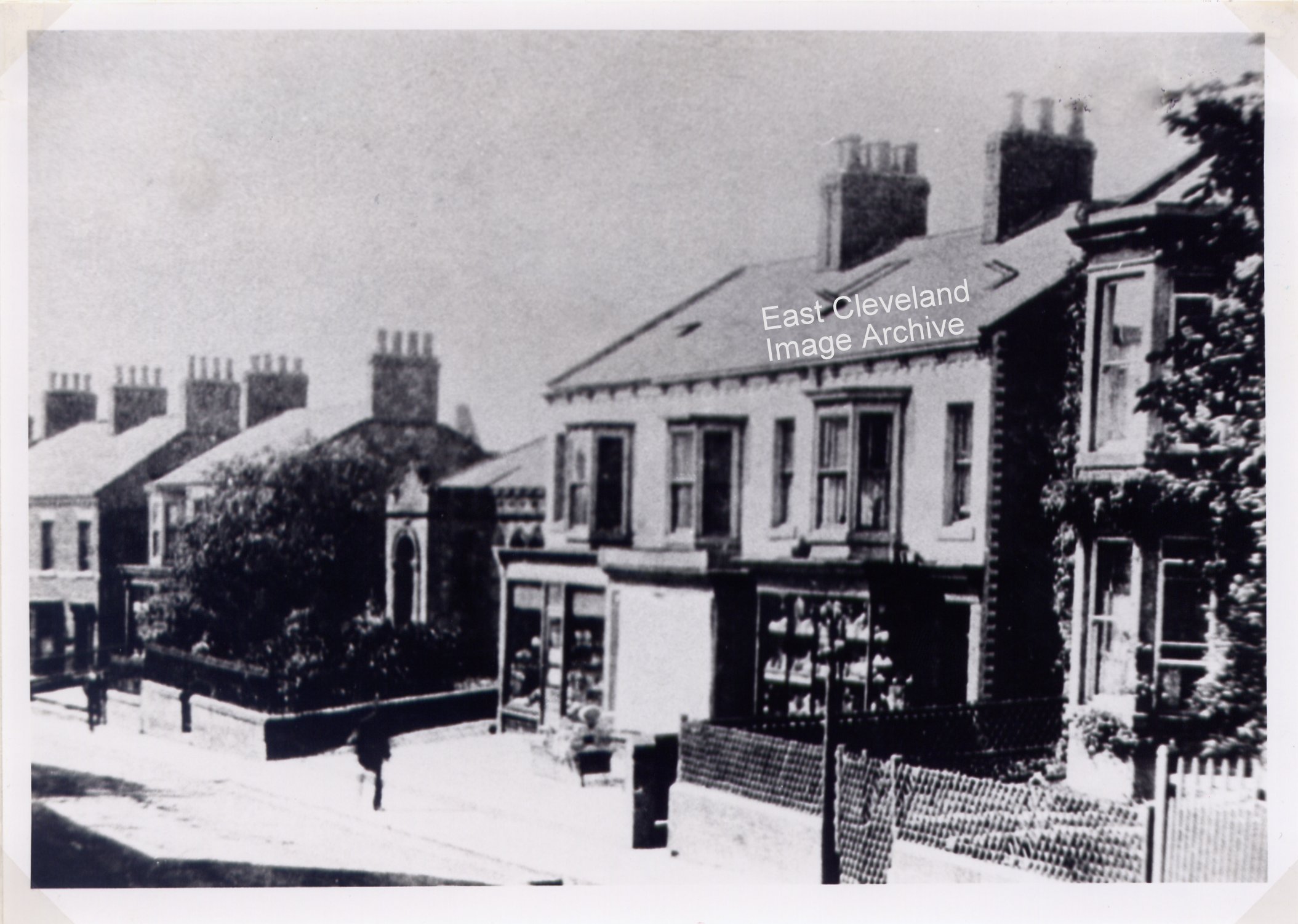
A different view of Loftus this time, what was Dr Dunn’s house and the small parade of shops. Harrison’s next to the Doctors was the ironmonger’s, Bannister’s was the sweet shop, then came the infant school, with Zetland Terrace in the background. David Hore told us: “How I remember Dr Dunn & his surgery! His waiting room was a covered passageway leading from the main road. His partner was Dr Guy who was nicer than Dr. Dunn.” Norman Patton told us: “There was a long bench in the “waiting room” along which the waiting patients would slide towards the reception area. It was very highly polished! Dr Guy had served in WWII as a Colonel.” Ray Brown added: “David is quite correct about the waiting room of the surgery, what he has omitted is that in times of heavy surgeries a form was put outside the passage way for the extra patients – yes in the FRESH AIR, even in inclement weather – I don’t think anyone can say that the NHS goes that far these days.”
Image courtesy of the Pem Holliday Collection and personal reminiscences from David Hore, Norman Patton, Ray Brown and Sally King.
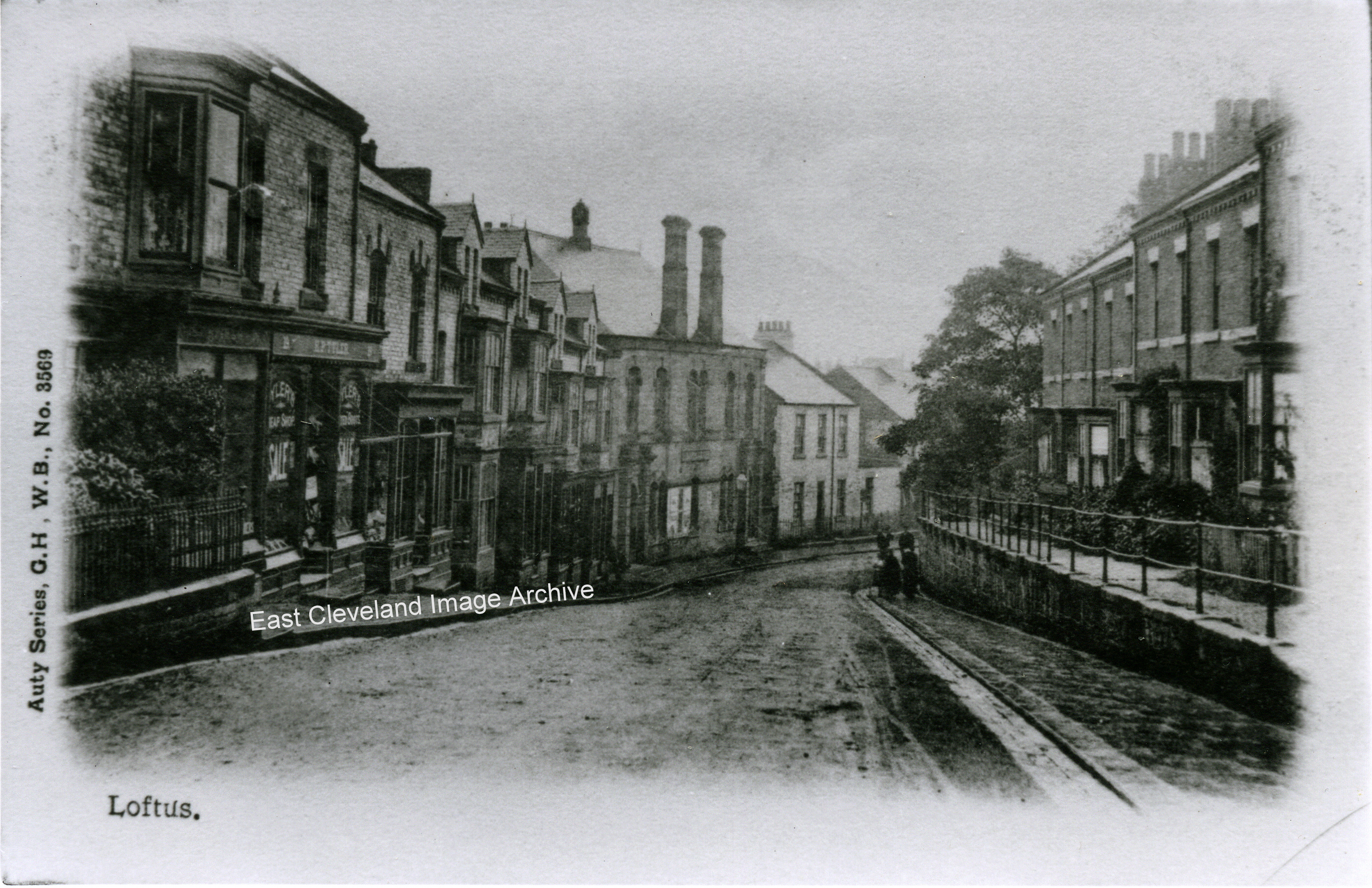
The building to the left of the image with the wall and railings round it is now identified as Smithfield House, the house which was converted to make Dodd’s shop after they moved from the Market Place in 1911.
Image courtesy of Keith Bowers and thanks to Eric Johnson for the update.
What would have been a good image of Zetland Road if age and sunlight hadn’t attacked the photographic emulsion. No tarmacadam on the road and the style of clothing suggests the turn of the 20th Century, but definitely pre-1911 when Smithfield House became Dodds shop.
|
|









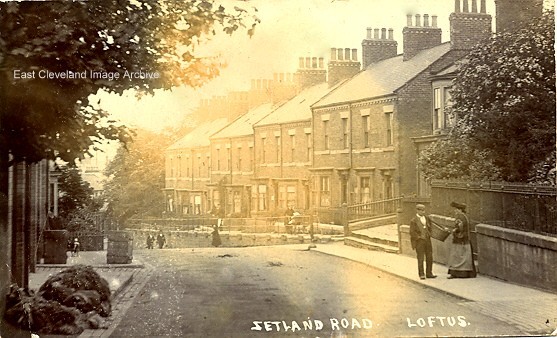
Recent Comments